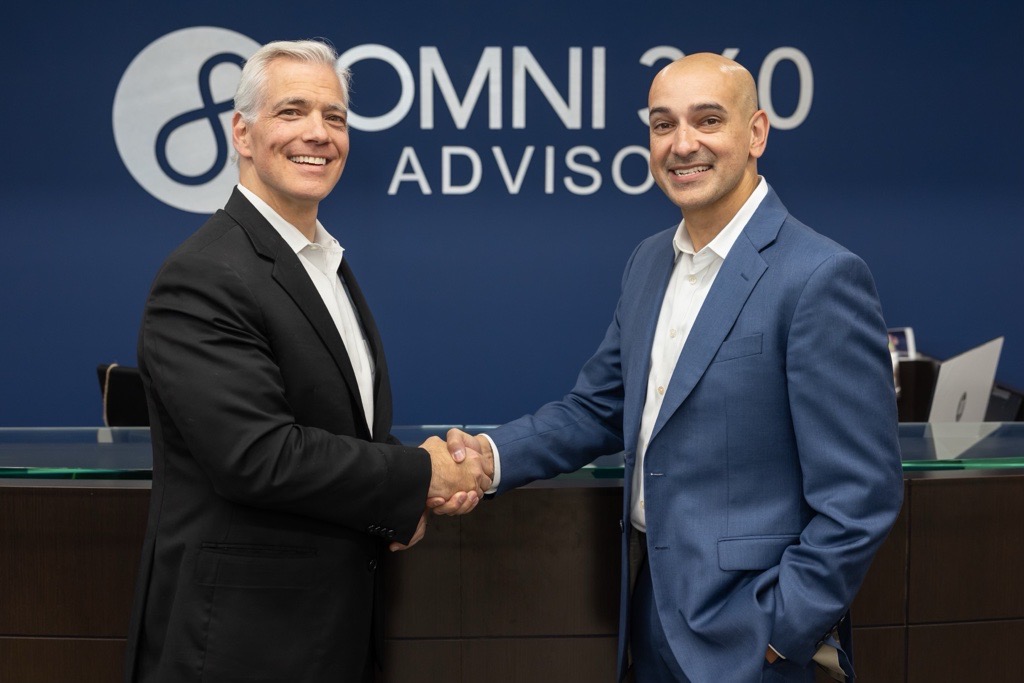Long Term Care Planning: Understanding the Medicaid Look-Back Provision
November 13, 2013
For those engaged in the process of Long Term Care Planning, perhaps the most intimidating proposition is Medicaid’s look-back provision. This provision provides that certain assets that a person no longer owns will still count toward the calculation of his or her total assets to determine whether he or she qualifies for Medicaid coverage. A recent article discusses the look-back rules.
The Medicaid look-back period is the five years prior to that date upon which an individual applies for Medicaid benefits. All transfers made during this period are subject to scrutiny by Medicaid officials. For the purposes of calculating benefits, it is as though all gifts made during this period never occurred. For example, if an individual gave his or her child $20,000 the year before he or she applied for Medicaid coverage, the government would likely count that $20,000 towards the person’s assets to determine whether he or she qualifies for Medicaid.
Some individuals try to avoid the look-back provision by setting up a trust. Although Medicaid officials do not consider a trust to be a part of a person’s assets, assets moved into a trust are considered. Therefore, if assets are transferred to a trust during the five-year look-back period, Medicaid officials will take them into account.
Individuals often mistakenly believe that Medicaid has an annual gift-giving exclusion similar to that of the IRS. However, this is not true. Although the IRS allows taxpayers to give gifts up to a certain amount without invoking tax consequences, there is no parallel in the Medicaid determination.




